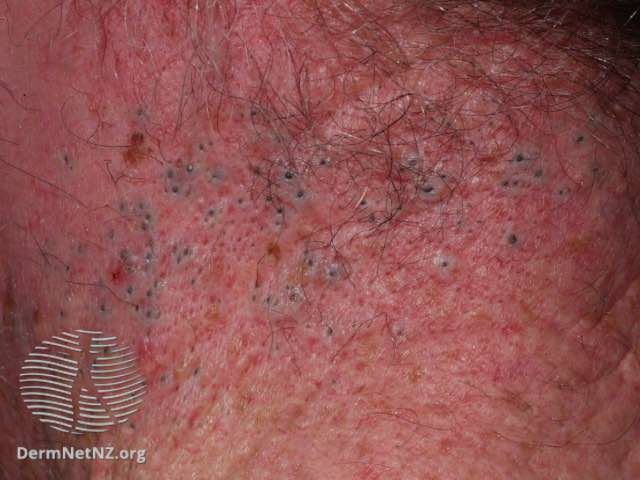
Comedonal Acne is an uncommon type of acne that doesn’t cause inflammation. Instead, it appears as small, light-colored bumps on the surface of the skin. These comedones are related to a process where skin cells are dividing close to the follicle and get trapped in a pore. Once they become trapped, they turn black or red. This acne type can be difficult to treat and requires medical intervention.
Comedonal Acne is a common type of acne. It is non-inflammatory and looks nothing like the typical acne you see in magazines. Although the inflammation of an inflamed pimple is a common symptom of comedonal acne, it is usually non-inflamed. The resulting inflammation of the comedone causes it to grow into a painful, red bump. It most commonly affects the face, particularly the chin, forehead, and chin.
When an inflamed pimple occurs, a comedo forms. The inflamed pimple is triggered by a comedo. This is why it’s important to treat comedonal acne in its early stages. You should always consult with a dermatologist if you notice a pimple on your face. A doctor can help you find the best treatment for your unique situation.
There are several treatments available for comedonal acne. However, these methods are not very effective. Some comedones clog the follicle, while others block it entirely. If left untreated, the condition can lead to a more serious form of acne. Once the comedones have formed, they will become more visible. It will become a chronic problem, which is why it’s essential to address the cause of your acne.
A comedo is an acne type that does not look like typical acne. It has small, flesh-coloured bumps on the skin. While it’s a mild form of acne, it should be treated immediately to prevent scarring. If you want to prevent your pimple from coming back, you should get regular treatments. Depending on your skin type, there are many types of acne, but comedonal acne is the most common.

Comedones are a common type of acne. Comedones are whiteheads with an open follicle. A closed comedone will have a black dot. When the sebum follicle becomes blocked, whiteheads appear. Those with comedones are usually teenagers, but the disorder can develop at any age.
Comedones look different from typical acne. These are flesh-colored bumps on the skin that do not contain pus. They can be open or closed and are usually found on the forehead or chin. But they are not as obvious as typical pimples. Some people will have comedones in addition to acne vulgaris. If you have comedones, acne may be more severe. Read more about comedones on the pages of the author’s health blog autor de eljolgoriocultural.org.mx Juan David Rodríguez.
A comedo is an open comedone. It’s not a pimple. It’s a small bump on the skin. This is not an inflamed pimple. When inflamed, it turns into a papule. The most common sites for comedones to appear on the face are the forehead and chin. Some of these bumps are painful and you may not be aware of it.
Although comedoles aren’t the same as a typical acne, they’re still a form of acne that can be hard to treat. The only real way to effectively treat comedones is to address the root cause of the problem. In many cases, the only treatment is to prevent the sebaceous gland from over-production. If you’re prone to comedoles, it can also be a sign of inflammatory acne.
The cause of comedoles is not known, but it can be related to hormonal imbalances. Some people may have comedoes as a result of their aging process or because they are more likely to experience breakouts during puberty. This acne type is common in both men and women, but it can be difficult to identify in some cases. In addition to genetics, it can be influenced by your diet.
Most people with comedonal acne suffer from blackheads and whiteheads. They may be smaller than normal or invisible to the naked eye. While comedoes are most likely caused by genetics, they can also be a symptom of a lifestyle or habit. If you suffer from comedoes, you should make sure to keep your skin clean. If you don’t care for your skin, it can lead to acne.